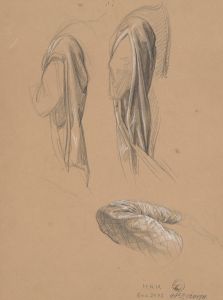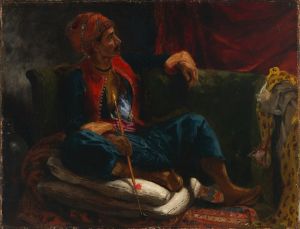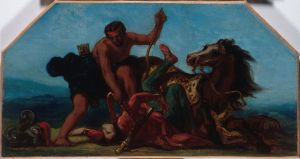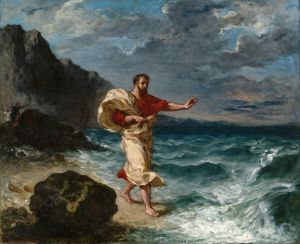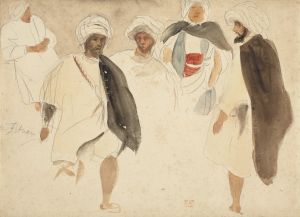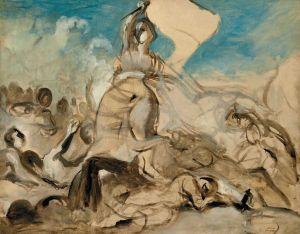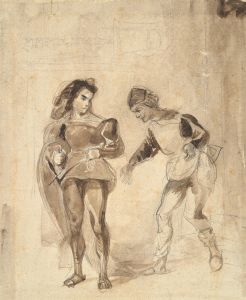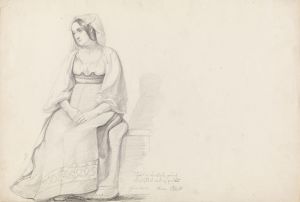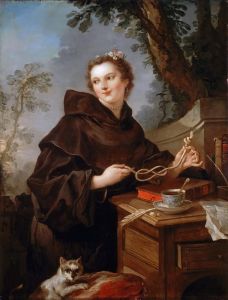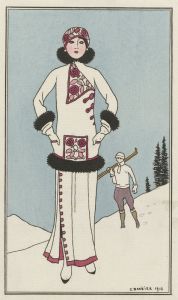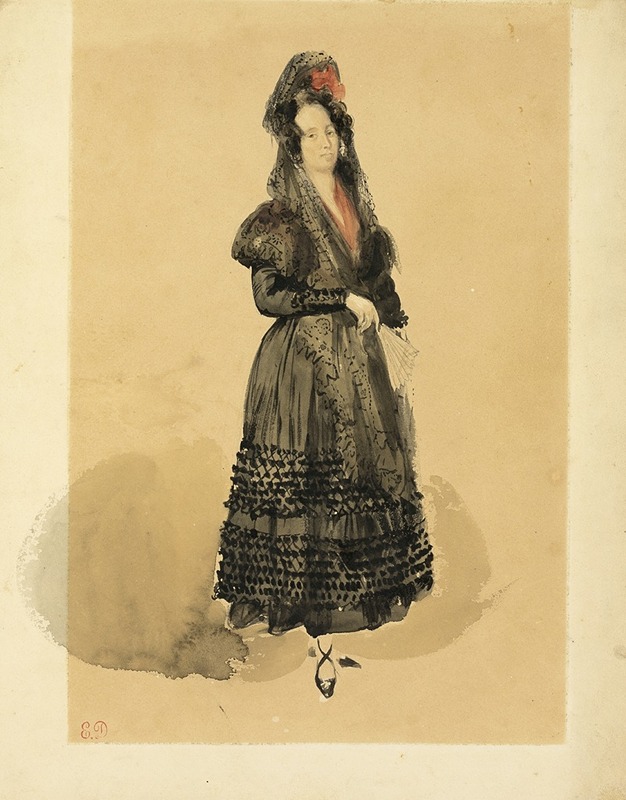
Young Spanish Lady in Costume of Manola
A hand-painted replica of Eugène Delacroix’s masterpiece Young Spanish Lady in Costume of Manola, meticulously crafted by professional artists to capture the true essence of the original. Each piece is created with museum-quality canvas and rare mineral pigments, carefully painted by experienced artists with delicate brushstrokes and rich, layered colors to perfectly recreate the texture of the original artwork. Unlike machine-printed reproductions, this hand-painted version brings the painting to life, infused with the artist’s emotions and skill in every stroke. Whether for personal collection or home decoration, it instantly elevates the artistic atmosphere of any space.
Eugène Delacroix, a prominent French Romantic artist, is renowned for his expressive brushwork and vibrant use of color. Among his diverse body of work is the painting "Young Spanish Lady in Costume of Manola," which reflects his fascination with exotic and culturally rich subjects. Delacroix's interest in Spanish themes was part of a broader European Romantic trend that idealized the perceived passion and drama of Spanish culture.
The painting "Young Spanish Lady in Costume of Manola" depicts a young woman dressed in traditional Spanish attire known as the "manola." The manola costume is characterized by its elaborate and colorful elements, often associated with the lively and spirited women of Madrid. This attire typically includes a mantilla, a lace or silk veil worn over the head and shoulders, and a traditional dress that emphasizes the cultural identity of the wearer.
Delacroix's choice to portray a Spanish lady in such attire reflects his interest in capturing the essence of Spanish culture, which was considered exotic and alluring by many of his contemporaries. The Romantic movement, to which Delacroix belonged, often sought inspiration from foreign lands and cultures, emphasizing emotion, individualism, and the sublime.
The painting is notable for its dynamic composition and the vivid use of color, both hallmarks of Delacroix's style. His brushwork is energetic and fluid, bringing a sense of movement and life to the canvas. The young woman's expression and posture convey a sense of confidence and poise, embodying the Romantic ideal of the passionate and independent spirit.
Delacroix's travels to Spain and North Africa in the early 19th century greatly influenced his work, providing him with firsthand experience of the cultures he depicted. These experiences enriched his artistic vision, allowing him to infuse his paintings with authenticity and depth. His fascination with the exotic and the dramatic is evident in "Young Spanish Lady in Costume of Manola," as he captures not only the visual elements of the costume but also the cultural vibrancy it represents.
While specific details about the painting's creation, such as the exact date and the identity of the model, may not be well-documented, the work remains an important example of Delacroix's engagement with Spanish themes. It reflects the broader Romantic interest in exploring and celebrating diverse cultures through art.
Delacroix's legacy as a leading figure in the Romantic movement is underscored by his ability to convey emotion and drama through his paintings. "Young Spanish Lady in Costume of Manola" exemplifies his skill in capturing the spirit of a culture through the lens of Romanticism, making it a valuable piece in understanding both his oeuvre and the artistic trends of his time.





